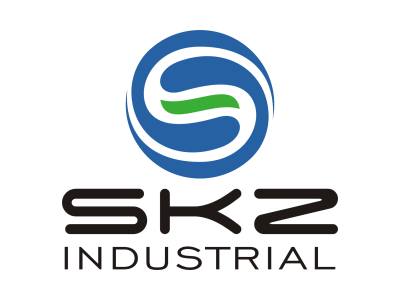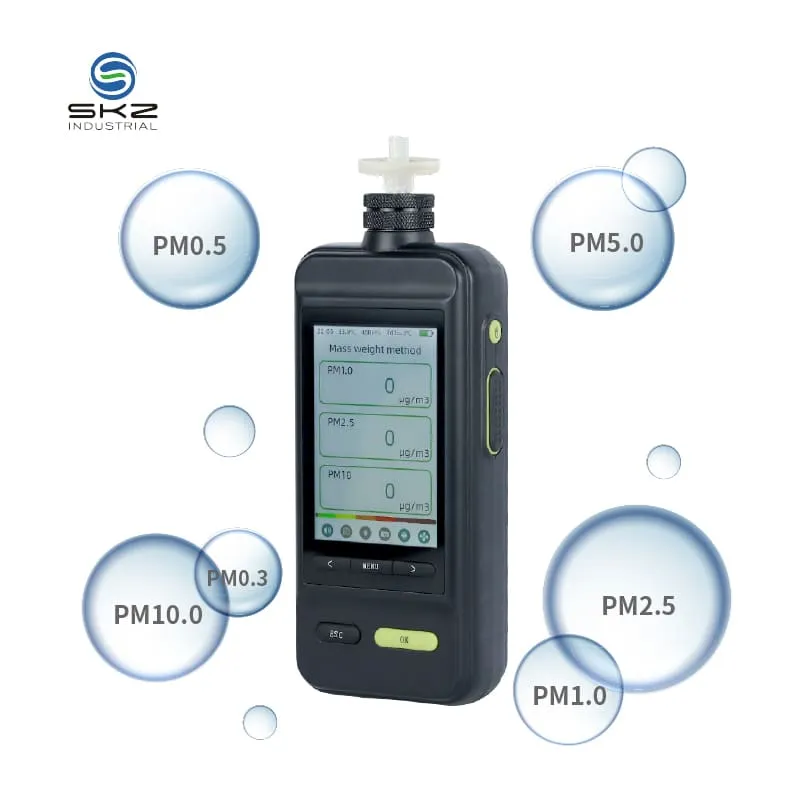The Role of Dust Monitors in Air Quality Management
How Dust Monitors Detect Harmful Particulate Matter
Dust monitors are an important technology for the detection and quantification of particulates in suspension in air. They use advanced sensors that are sensitive to particles of different dimensions, mainly PM10 and PM2. 5, which are important in the evaluation of air quality because of adverse health effects. Optical methods, such as light scattering and laser diffraction, are widely used in these units for constantly delivering information required to judge performance.
Studies have highlighted the importance of monitoring particulates since they are associated with many health problems such as respiratory and cardiovascular diseases. The World Health Organization (WHO) for example recognises that exposure to PM2. 5 is associated with higher mortality of populations through cardiovascular and respiratory diseases. Thus efficient operation of dust monitors is very important to detect such hazardous particulates and minimise health risk.
Real-Time Data for Proactive Air Quality Control
Real-time monitoring by a dust monitor is essential for the active control of the air quality. Because they can instantly recognise changing particle concentrations, monitors can immediately alter activities to minimise exposure to dangerous dust levels. This real-time monitoring is frequently achieved through a cloud-based system, allowing for remote monitoring and timely notifications when air quality does not meet standards.
Integrating dust monitoring as part of a wider air quality management programme assists in ensuring compliance with the Environmental Protection Agency (EPA) and other standards and regulations. Case studies and practical applications show that those businesses that utilize real-time monitoring have reduced exposure to dust levels in the air and have reduced the risk of health problems for their workers. By incorporating live dust data into air quality control measures, companies show the world their dedication to protecting safe and healthy spaces.
Enhancing Workplace Safety with Dust Monitoring Technology
Preventing Respiratory and Cardiovascular Risks
It is important that air quality be regularly monitored in the workplace to reduce the likelihood of employees becoming susceptible to respiratory and cardiovascular ailments. Dust in some of its forms is causally related to diseases like asthma and chronic obstructive pulmonary disease (COPD), The Centers for Disease Control and Prevention (CDC) published. Organizations can help ensure the health and safety of employees by implementing dust monitoring technologies to comply with Occupational Safety and Health Administration (OSHA) standards. Risk assessments before and after the installation of dust monitors are a well-documented method to follow, resulting in a noticeable reduction in health complaints on air quality. Whenever these appraisals can be boosted, it demonstrates tangible improvements in health and compliance through constant vigilance and technological advancement in dust detection.
Case Studies: Reducing OSHA Violations Through Monitoring
Countless scenario show the significantly reduce OSHA violations experienced by businesses utilizing state-of-the-art dust monitoring systems. Some examples display companies drastically reducing non-compliance cases down from the double digits to the single digits post-deployment. ‚The information gleaned from these monitoring systems gives management vital insight which can be used to provide targeted staff training and improve operational procedures. The economics of less violations are significant with reduced fines and increased worker productivity. By ensuring the use of dust monitoring technology as well, compliance becomes stronger and this contributes to a safer and more efficient work environment, which in the end helps the company’s bottom.
SKZ Industrial Co., Limited: Advancing Dust Monitoring Solutions
SKZ’s Expertise in Dust Monitoring Technology
SKZ Industrial Co., Limited is dust monitoring instruments and water monitoring instruments professional manufacture. Specialized in research & development and dedicated to innovative technologies, SKZ products are ensuring the accuracy and reliability of dusty monitoring instruments. And it’s this commitment to innovation that becomes symbolic of their products, some of the most integrated and advanced products on the market. All while the professions state that SKZ is a dedicated provider of solutions for a range of industries, including effective dust monitoring solutions for a broad spectrum of operating conditions.
Product Range: Portable and Fixed Dust Monitoring Systems
3) Diversified dust monitoring systems in accordance with operation. SKZ Industrial Co., Limited_STACK EMISSION DUST MONITORing -TESTING EQUIPMENT. They deliver both mobile and stationary monitoring stations, all customized to meet the requirements of the customers. Portable dust monitors are versatile that can accommodate on-site measurements at various locations; fixed systems are good to carry out continuous online monitoring of specific locations. The unique features of these dust monitoring equipment include high sensitivity and can be easily integrated with automated systems - delivering prompt air quality outcomes and improving overall job site safety.
Applications Across Industries: Construction, Mining, and Manufacturing
Dust Monitor Solutions SKZ dust monitoring solutions are widely used in industries where they are exposed to high level of dust incl., construction, mining and manufacturing businesses. These sectors faces serious dust challenges that can threaten the safety of staff and the ability to meet environmental requirements. The tools deployed by SKZ are essential to remain in compliance with stringent environment regulations and to protect the safety and health of their employees. Customer feedback suggests significant improvements in the management of air quality and a significant decrease in health incidents after using SKZ’s range of dust monitoring solutions as a critical element of industrial safety procedures.

